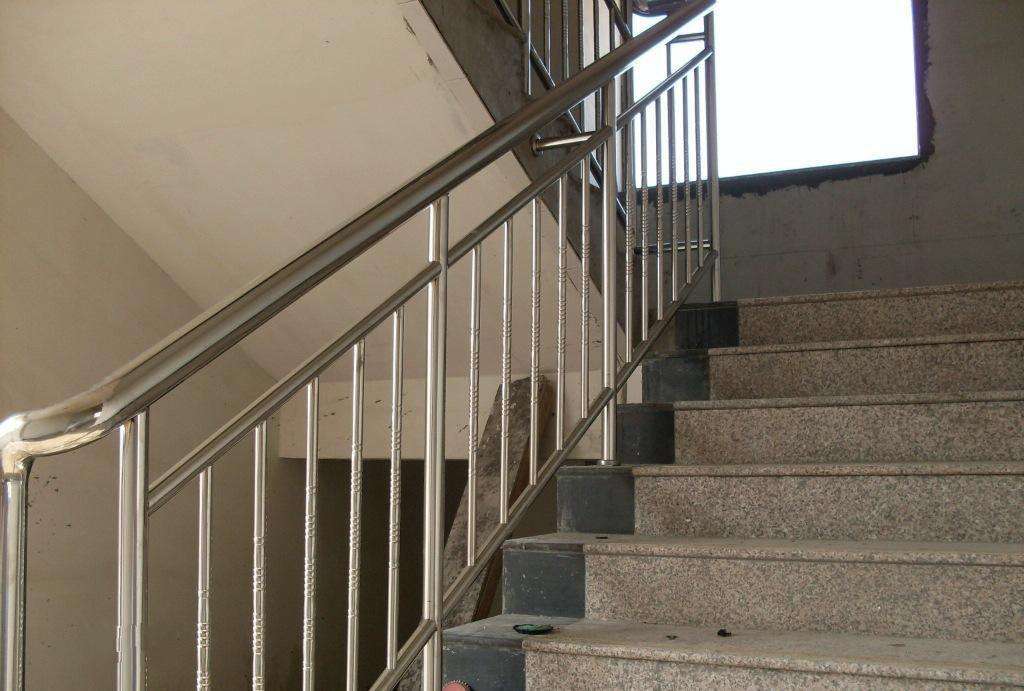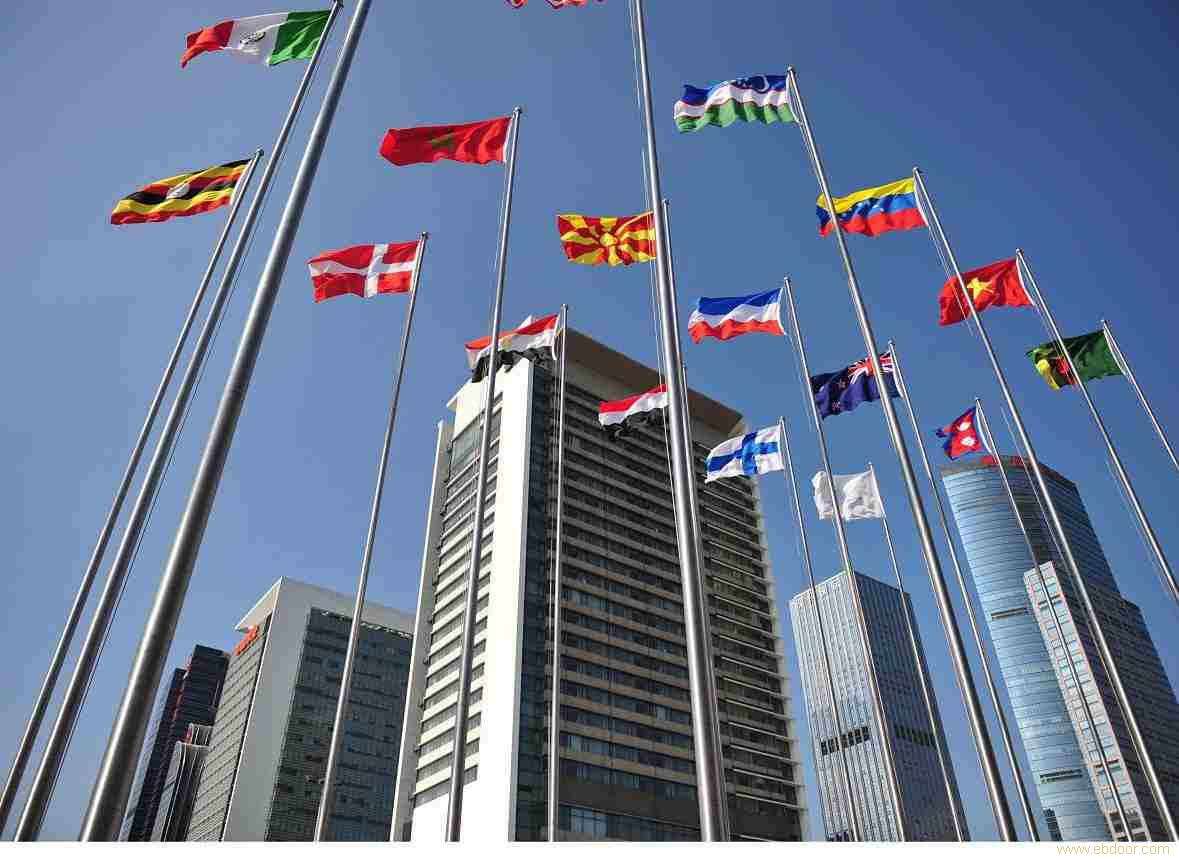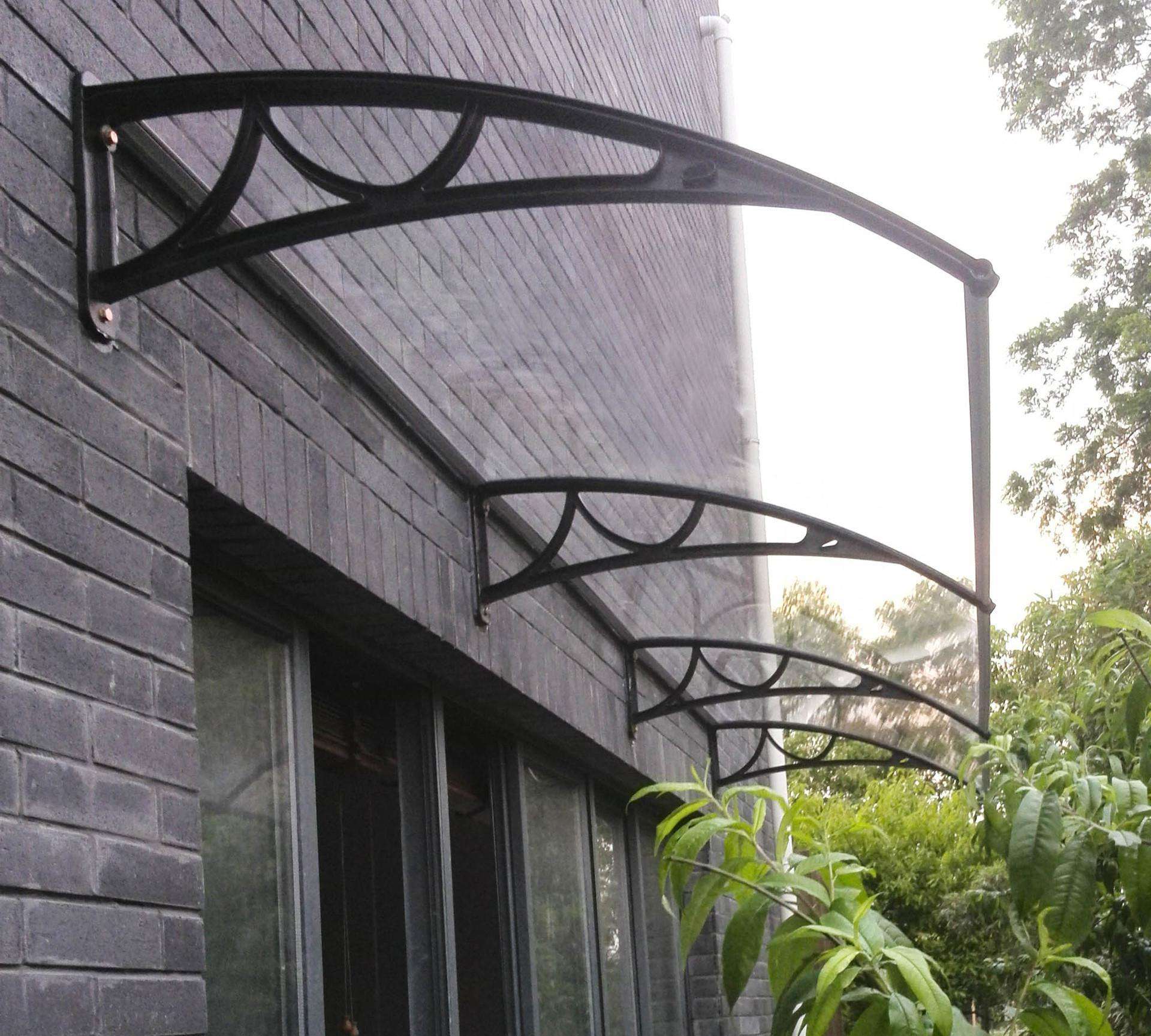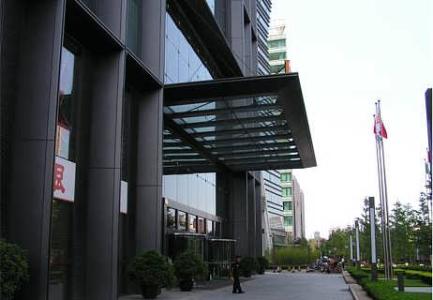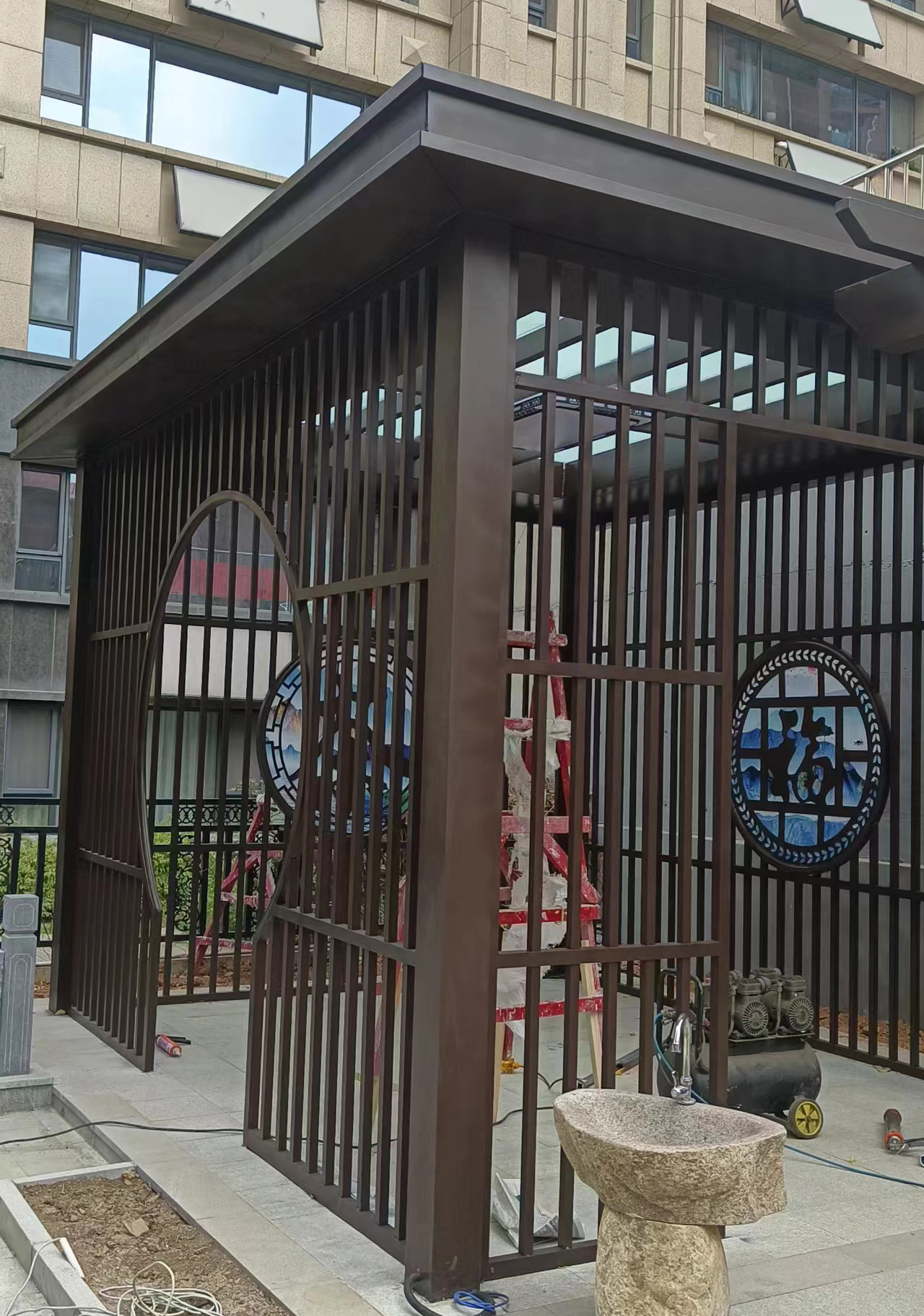联系我们
- 联系人:济南燕翔铁艺制品有限公司
- 手机:15953126901
- 电话:15153196527
- 邮箱:785385551@qq.com
- 地址:济南市天桥区历山北路黄台不锈钢市场3区317

钢结构建筑在材料利用率、节能环保、施工周期和空间设计等方面具有先天优势
作为一种现代化建筑形式,钢结构建筑凭借强度高、自重轻、抗震性能好、工业化程度高、施工周期短、可塑性强、节能环保等综合性能显著的优势,在工业厂房、商业综合体、体育场馆、大跨度桥梁等领域展现出强劲竞争力,近年来在全球范围内得到广泛应用。
As a modern architectural form, steel structure buildings have demonstrated strong competitiveness in industrial plants, commercial complexes, sports venues, large-span bridges, and other fields due to their significant advantages such as high strength, light weight, good seismic performance, high industrialization level, short construction period, strong plasticity, energy conservation and environmental protection. In recent years, they have been widely used worldwide.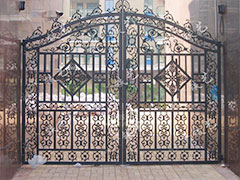
然而,其一次建造成本高被业界所诟病,成为影响其大规模推广的“主因”,这一点在钢结构住宅的推广上尤为明显。可喜的是,通过产业链协同,国内目前已出现降本范例——以“设计驱动材料研发、材料赋能建筑创新”模式打造成的中钢洛耐研发中心大楼(下称中钢洛耐项目)的综合造价(3300元/平方米)基本接近现浇混凝土建筑,成为国内钢结构建筑降低一次建造成本的典型示范项目。
However, its high initial construction cost has been criticized by the industry and has become the main factor affecting its large-scale promotion, especially in the promotion of steel structure residential buildings. Fortunately, through industrial chain collaboration, a cost reduction model has emerged in China - the comprehensive cost (3300 yuan/square meter) of the Zhonggang Luonai R&D Center Building (referred to as the Zhonggang Luonai project), which is built using the "design driven material research and development, material empowered building innovation" model, is basically close to that of cast-in-place concrete buildings, becoming a typical demonstration project for reducing the construction cost of domestic steel structure buildings.
实际上,与传统的混凝土结构相比,钢结构建筑在材料利用率、节能环保、施工周期和空间设计等方面具有先天优势,这些优势可直接转化为经济层面的成本节约。特别是在当前建筑业面临劳动力成本上升和环保要求趋严的背景下,钢结构建筑通过工厂预制、现场组装的工业化建造模式,能够有效降低人力依赖和减少施工浪费。
In fact, compared with traditional concrete structures, steel structure buildings have inherent advantages in material utilization, energy conservation and environmental protection, construction period, and space design, which can be directly translated into cost savings at the economic level. Especially in the current context of rising labor costs and increasingly stringent environmental requirements in the construction industry, the industrial construction mode of factory prefabrication and on-site assembly of steel structure buildings can effectively reduce labor dependence and minimize construction waste.
低碳未来自有成本优势
Low carbon future with its own cost advantages
当前,低碳发展已成为全球共识,是不可逆转的未来趋势。从2025年全球主要碳市场碳价普遍上涨(欧盟碳价历史最高突破100欧元/吨)的趋势来看,未来碳排放成本增加幅度将加大,企业迫切须加快绿色转型步伐。在此背景下,作为绿色建筑的典型代表之一,具有全生命周期节能环保特性的钢结构建筑在碳交易体系中的天然优势将逐渐显现,碳资产价值持续增长成为其未来最具竞争力的成本优势。
Currently, low-carbon development has become a global consensus and an irreversible trend for the future. From the trend of a general increase in carbon prices in major global carbon markets by 2025 (with the EU carbon price reaching a historical high of over 100 euros/ton), it can be seen that the cost of carbon emissions will increase in the future, and companies urgently need to accelerate their green transformation pace. In this context, as one of the typical representatives of green buildings, steel structure buildings with full lifecycle energy-saving and environmental protection characteristics will gradually demonstrate their natural advantages in the carbon trading system, and the continuous growth of carbon asset value will become their most competitive cost advantage in the future.
当下须科学认识钢结构建筑的碳排放成本。从单位产量来看,钢材生产的碳排放较传统建筑用材高,但钢结构建筑由于自身强度高、重量轻等特点,在同等建筑规模和功能要求下,可通过轻量化设计减少所需的建筑用材总量,在一定程度上抵消钢材生产过程中的高碳排放,因此需综合评估其实际的碳排放影响。与此同时,钢铁行业超低排放改造正深入推进中。据中国钢铁工业协会最新统计数据,截至6月30日,5.98亿吨钢铁产能完成全过程超低排放改造,1.75亿吨钢铁产能完成部分超低排放改造,总计超7亿吨。随着钢铁行业绿色生产技术的不断发展和相关共性技术的逐步突破,如氢冶金技术、电炉炼钢技术等都将降低钢材生产过程中的碳排放,同时随着清洁能源进一步替代传统化石能源、废钢的利用力度加大等,钢材生产过程中的碳排放量将进一步降低。
At present, it is necessary to scientifically understand the carbon emission cost of steel structure buildings. From the perspective of unit output, the carbon emissions from steel production are higher than those from traditional building materials. However, steel structure buildings, due to their high strength and light weight, can reduce the total amount of building materials required through lightweight design under the same building scale and functional requirements, to some extent offsetting the high carbon emissions in the steel production process. Therefore, it is necessary to comprehensively evaluate their actual carbon emission impact. At the same time, the ultra-low emission transformation of the steel industry is being deeply promoted. According to the latest statistics from the China Iron and Steel Industry Association, as of June 30th, 598 million tons of steel production capacity has completed the entire process of ultra-low emission transformation, and 175 million tons of steel production capacity has completed partial ultra-low emission transformation, totaling over 700 million tons. With the continuous development of green production technology in the steel industry and the gradual breakthrough of related common technologies, such as hydrogen metallurgy technology and electric furnace steelmaking technology, the carbon emissions in the steel production process will be reduced. At the same time, with the further replacement of traditional fossil fuels with clean energy and the increasing utilization of scrap steel, the carbon emissions in the steel production process will be further reduced.
同时,需尽快建立钢结构建筑全生命周期碳排放科学评估体系,可按照界定边界—采集数据—构建模型—制定标准步骤推进,摸清各环节碳排放足迹,寻求更高效的减碳路径。首先,明确钢结构建筑从材料生产到拆除回收各阶段核算范围;其次,采集包括钢铁生产过程、物流运输、施工过程、拆除再利用等各阶段关键参数;再次,构建模型,采用LCA(生命周期分析)方法量化各环节碳排放;最后,推动形成行业统一的评估指标与认证机制。该体系将发挥三重作用,在技术层面上将引导绿色施工技术应用、减少建筑垃圾,在政策层面上将辅助国家有关部门精准施策,在产业层面上将促进钢铁与建筑产业协同发展。
At the same time, it is necessary to establish a scientific assessment system for the carbon emissions of steel structure buildings throughout their entire life cycle as soon as possible. This can be achieved by following the steps of defining boundaries, collecting data, constructing models, and developing standards, in order to understand the carbon emissions footprint of each link and seek more efficient ways to reduce carbon emissions. Firstly, clarify the scope of accounting for each stage of steel structure construction, from material production to demolition and recycling; Secondly, collect key parameters from various stages including steel production process, logistics transportation, construction process, demolition and reuse; Once again, construct a model and use LCA (Life Cycle Analysis) method to quantify carbon emissions at each stage; Finally, promote the formation of industry unified evaluation indicators and certification mechanisms. This system will play a triple role, guiding the application of green construction technology and reducing construction waste at the technical level, assisting relevant national departments in implementing precise policies at the policy level, and promoting the coordinated development of the steel and construction industries at the industrial level.
此外,钢结构建筑成本优势还体现在所用钢材具有极高的二次利用价值潜力上。据目前已公开数据,混凝土废弃物处理成本约占拆除费用的30%~50%,钢材的高可回收特性使钢结构建筑拆除时的残值最高可达原材料的80%,拆卸损耗少、建筑工期缩短、能源消耗和碳排放减少,回收潜力大,不仅可以有效抵扣建筑的拆除成本,还能通过其可回收特性与低碳属性闭环形成新的经济价值。这种材料循环特性在环保法规趋严的背景下价值凸显,尤其在未来绿色建筑评级与碳交易机制逐步完善的背景下,钢结构的“残值收益”将显著提升项目的整体投资回报率。
In addition, the cost advantage of steel structure construction is also reflected in the high potential for secondary utilization of the steel used. According to publicly available data, the cost of concrete waste disposal accounts for about 30% to 50% of the demolition cost. The high recyclability of steel allows the residual value of steel structure buildings during demolition to reach up to 80% of the raw material, resulting in less demolition loss, shorter construction period, reduced energy consumption and carbon emissions, and great recycling potential. It can not only effectively offset the demolition cost of buildings, but also form new economic value through its recyclability and low-carbon attributes. The cyclic nature of this material highlights its value in the context of increasingly strict environmental regulations, especially in the context of the gradual improvement of green building ratings and carbon trading mechanisms in the future. The "residual value return" of steel structures will significantly enhance the overall investment return rate of the project.
可以说,不仅初始建造成本可控,钢结构建筑所用钢材的可回收特性还赋予了建筑材料二次利用的价值,具有贯穿设计、施工、使用到拆除各环节的巨大降本潜力。而这些,将在未来共同成为推动钢结构建筑持续发展的关键动力。
It can be said that not only is the initial construction cost controllable, but the recyclability of steel used in steel structure buildings also endows building materials with the value of secondary utilization, with enormous cost reduction potential throughout the design, construction, use, and demolition stages. And these will together become the key driving force for the sustainable development of steel structure buildings in the future.
产业链协同降本潜力巨大
The potential for collaborative cost reduction in the industrial chain is enormous
从国内首例实现钢结构建筑单位造价与钢筋混凝土基本接近的中钢洛耐项目可以窥见,钢结构建筑通过产业链协同展现出显著的降本潜力,其关键在于对其全生命周期成本的优化:从设计端采用“标准化”模块化方案,到生产端实现钢材精准下料和智能焊接,再到施工环节的快速装配,各环节紧密衔接,不仅可减少材料浪费,还能节约工期成本。
From the first domestic project in China to achieve a unit cost of steel structure construction that is basically close to that of reinforced concrete, it can be seen that steel structure construction has shown significant potential for cost reduction through industrial chain collaboration. The key lies in optimizing its entire life cycle cost: from adopting a "standardized" modular solution at the design end, to achieving precise steel cutting and intelligent welding at the production end, to rapid assembly at the construction stage, all links are closely connected, which not only reduces material waste but also saves construction period costs.
从材料的高效利用上来看,钢材作为主要建材,其强度高、自重轻的特性使得构件截面尺寸远小于混凝土结构,在相同荷载条件下可减少一定的材料用量,而高强钢便是建筑轻量化的优选材料。国内专家介绍,在钢铁行业的不断努力下,高强钢现已进入千兆帕时代。目前已公开使用的钢结构建筑用钢最高强度已达960兆帕。这种轻量化特征不仅降低钢材采购成本,还带来连锁效应——基础工程因荷载减轻可减少桩基数量和混凝土用量,运输环节因构件重量下降可降低物流费用。
From the perspective of efficient utilization of materials, steel, as the main building material, has the characteristics of high strength and light weight, which makes the cross-sectional size of components much smaller than that of concrete structures. Under the same load conditions, it can reduce a certain amount of material usage, and high-strength steel is the preferred material for building lightweighting. Domestic experts have introduced that with the continuous efforts of the steel industry, high-strength steel has now entered the era of gigapascals. The maximum strength of steel used in steel structure construction that has been publicly released has reached 960 megapascals. This lightweight feature not only reduces the cost of steel procurement, but also brings a chain effect - reducing the number of pile foundations and concrete usage in foundation engineering due to reduced load, and reducing logistics costs in transportation due to reduced component weight.
从施工流程的优化上来看,已公开的统计数据显示,钢结构构件在工厂标准化生产后直接运至现场拼装,可比现浇混凝土结构缩短工期30%~50%。这种模式将传统现场作业转移至工厂环境,通过标准化生产显著提升构件精度和质量稳定性,从根本上减少返工和材料浪费,还避免了传统施工中多工种交叉作业的协调成本,使项目能更快投入运营产生收益。而在工厂预制环境下,钢材切割、焊接等工序通过自动化设备完成的加工损耗率可得到有效控制,低于传统现场作业的损耗率。此外,这种建造模式还可以催生新的成本控制维度,即通过BIM(建筑信息模型)技术实现设计—生产—施工全流程数字化,有助于构件加工误差控制、现场安装效率提升等,工业化建造形成的规模效应也利于头部企业通过集中采购控制钢材成本。需注意的是,加快构件标准化是实现工业化模式的前提。
From the perspective of optimizing the construction process, publicly available statistical data shows that steel structural components can be transported directly to the site for assembly after standardized production in the factory, which can shorten the construction period by 30% to 50% compared to cast-in-place concrete structures. This model transfers traditional on-site operations to the factory environment, significantly improving component accuracy and quality stability through standardized production, fundamentally reducing rework and material waste, and avoiding the coordination costs of multi job cross operation in traditional construction, enabling projects to be put into operation faster and generate profits. In the prefabricated environment of the factory, the processing loss rate of steel cutting, welding and other processes completed by automated equipment can be effectively controlled, which is lower than the loss rate of traditional on-site operations. In addition, this construction model can also give rise to new dimensions of cost control, namely the digitization of the entire design production construction process through BIM (Building Information Modeling) technology, which helps to control component processing errors and improve on-site installation efficiency. The scale effect formed by industrial construction is also conducive to leading enterprises controlling steel costs through centralized procurement. It should be noted that accelerating component standardization is a prerequisite for achieving industrialization mode.
从业主的使用体验上来看,空间灵活可变的钢结构建筑不仅会提升空间利用率,其带来的改造适应性还会为业主提供了额外的成本缓冲空间,如内部管线系统可直接附着于钢构件,改造时无需破坏主体结构。随着建筑使用功能的变化,这种灵活调整能力可显著延长建筑经济寿命。而钢结构建筑运营阶段的维护成本优势也值得关注。已公开的数据显示,钢材的耐腐蚀性能通过镀锌等技术处理后,维护周期可达20年以上,而混凝土结构通常需要每10年进行大规模修缮。这种低维护特性在机场、电厂等对运营连续性要求高的设施中价值尤为突出。
From the perspective of the user experience of the owners, steel structure buildings with flexible and variable space not only improve space utilization, but also provide additional cost buffering space for the owners through their adaptability to renovation. For example, internal pipeline systems can be directly attached to steel components without damaging the main structure during renovation. With the changes in the functional use of buildings, this flexible adjustment ability can significantly extend the economic life of buildings. The maintenance cost advantage of steel structure buildings during the operation phase is also worth paying attention to. According to publicly available data, the corrosion resistance of steel can be maintained for over 20 years through techniques such as galvanizing, while concrete structures typically require large-scale repairs every 10 years. This low maintenance feature is particularly valuable in facilities such as airports and power plants that require high operational continuity.
随着政策推动装配式建筑普及和规模化效应释放,钢结构建筑产业链协同发展将进一步摊薄其成本。尤其是在绿色建筑标准趋严的背景下,钢结构可循环利用的特性将形成长期成本优势,钢结构建筑未来降本空间有望得到更进一步突破。
With the promotion of prefabricated construction and the release of economies of scale through policies, the coordinated development of the steel structure construction industry chain will further dilute its costs. Especially in the context of increasingly strict green building standards, the recyclable nature of steel structures will form a long-term cost advantage, and there is hope for further breakthroughs in cost reduction space for steel structure buildings in the future.
本文由 济南轻钢结构 友情奉献.更多有关的知识请点击 http://www.jnghbxg.com/ 真诚的态度.为您提供为全面的服务.更多有关的知识我们将会陆续向大家奉献.敬请期待.
This article is a friendly contribution from Jinan Light Steel Structure For more related knowledge, please click http://www.jnghbxg.com/ Sincere attitude To provide you with comprehensive services We will gradually contribute more relevant knowledge to everyone Coming soon.

